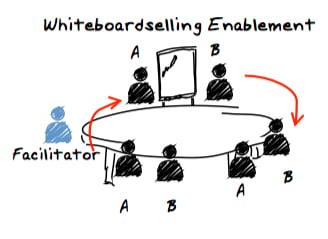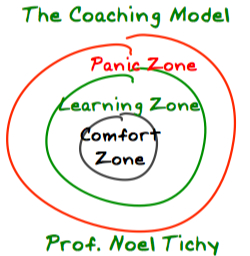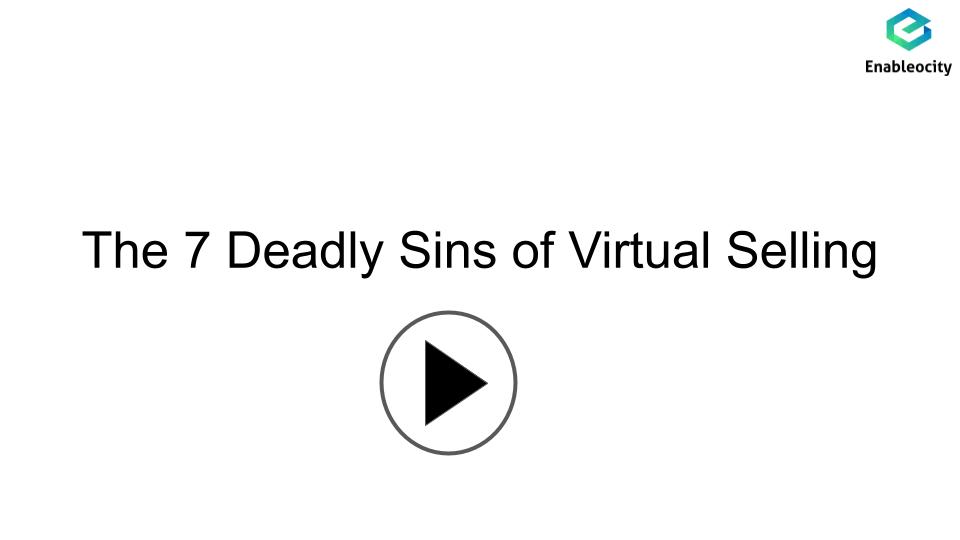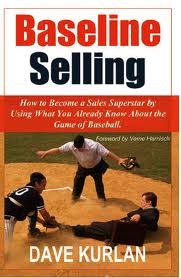In November and December this year as a certified affiliate of WhiteboardSelling, I completed six WhiteboardSelling Enablement Symposia on three continents. I wanted to share thoughts and the lessons learned from this immersion in different cultures and the general applicability of the WhiteboardSelling development philosophy and Enablement methods.
I ran WhiteboardSelling Enablement events in Melbourne and Sydney in Australia, Cologne in Germany and here in Silicon Valley CA. The smallest group was about 25 and the largest was about 90 people.
Australia, Cologne in Germany and here in Silicon Valley CA. The smallest group was about 25 and the largest was about 90 people.
In every case, the WhiteboardSelling Enablement method was very well received and sales and support people had learned and could tell their story after this half day session.
To illustrate how well this enablement method works, a new hire Pitney Bowes product manager who participated the WhiteboardSelling Symposium in Melbourne, gave a great Whiteboard demonstration to lead off the first session the very next day in Sydney. Our executive sponsors were well pleased with the training outcomes in every case.
Whiteboard Selling Insights
1. No Whiteboard survives contact with the field
No matter how smart the development team is that created the whiteboard story, there is always a new perspective, relevant insight or an anecdote from the sales team that we learn at the Symposium that will enrich the whiteboard story.
For this reason we like to hold a feedback session immediately following the enablement symposium to capture suggestions to improve the whiteboard. We have added an additional echo-back into our Admarco best-practices whiteboard development process to incorporate changes.
2. No Whiteboard Survives contact with the customer
In the same way that no battle plan survives contact with the enemy, no Whiteboard story survives contact with the customer and salespeople need to know the whiteboard so they can give it in any order and develop the customer conversation.
A comment we ofter hear during the symposium is that the Whiteboard script is too prescriptive. We want participants to learn how to draw the whiteboard and tell their story and recommend the following;-
- to follow the script initially,
- to get to know the script (we take a lot of time to figure out the best way to capture value creation),
- then to forget the script once they have internalized it and become competent in telling the story.
The WhiteboardSelling Symposium uses active learning methods in an environment that is an artificial, low threat way of getting salespeople out of their comfort zone to learn and practice telling their story.
threat way of getting salespeople out of their comfort zone to learn and practice telling their story.
In real life the customer is going to say and do things that are unexpected and for this reason we suggest that salespeople practice the whiteboard and that their sales managers have them present on a weekly basis for the month following the Symposium to master the whiteboard.
3. You don't have to start at the start and you don't have to finish the Whiteboard
PowerPoint is a linear method of presenting that was designed to make it easy for the presenter to create and give presentations. Most PowerPoint sales presentations are by their nature fixed in structure and focused on the supplier and their products. The WhiteboardSelling Enablement method is a rapid way to capture and enable salespeople to know and tell their story.
In every Symposium we see individuals exercising creativity in telling their story...there is only one story, but you can tell it a thousand different ways.
- We coach salespeople to follow the buyer in conversation and let the whiteboard story unfold naturally from that dialog.
- Don't sweat if you don't finish, you may only cover half of your story in the time allotted and still achieve your meeting goal.
- Once you know the Whiteboard, you may not even have to do a whiteboard at all....just engage the buyer in conversation and stay in the moment.
4. Group participants by local language in the Symposium
When faced with an International multi-lingual audience in the training environment, we recommend grouping tables of 6 by native language.
The WhiteboardSelling Enablement Symposium may push individuals beyond their comfort-zone into the panic zone in the first round of presentations and having them present in their native language will reduce the stress of having to translate the whiteboard while trying to learn it.
5. Get the red stuff out and on the board
I have found whiteboarding to be a very natural way of engaging buyers. Compared to PowerPoint there is a much more natural flow in the conversation. The use of color plays an important part of the whiteboard development and WhiteboardSelling uses the following convention;
Black = Current state - the "as is"
Red = Challenges and problems with the current situation
Green = Future state - "as it could be"
Blue = Proof points, next steps.
Salespeople should encourage buyers to talk about their challenges once rapport and trust are established and capture those challenges in red on the whiteboard.
Getting the problems out and in red on the whiteboard enables the conversation to focus on the issues that are important to the buyer and to have your capabilities unfold naturally in conversation.
6. What if it's not Going Well
We have all been in situations where for some reason the meeting is not going well and the buyer is not engaging in the conversation. I often get asked what to do in this situation. My advice is to bail-out.
You could ask the buyer, "I get the feeling that now is not a good time for this conversation.....would you prefer that we reconvened at another time or with another group?". It may save you and the buyer time and if the buyer really is interested, they may re-engage.



